In my previous article, I answered the common question: why do people love abstract art when it’s not understandable? And as I was typing that one, I thought maybe my readers would love to practice some abstract art exercises that would help them either see abstract art from a different perspective or give abstract art a try if that’s what they’ve been trying to do.
5 Abstract Art Exercises for beginner artists
Gesture Drawing:
Take a piece of paper and a pen, marker, or any drawing tool you prefer. Set a timer for a short period of time (such as 30 seconds to a minute) and draw quick, gestural lines and shapes without worrying about the outcome. Focus on capturing the energy and movement of the lines rather than creating a realistic representation of anything.
Color Exploration:
Choose a few colors that you like and experiment with creating different combinations and arrangements of those colors on a page. Play with different shades, tints, and tones of each color to create a variety of effects. See how the colors interact with each other and how they make you feel.
Collage:
Gather a variety of materials such as magazines, newspapers, scrapbook paper, fabric, and any other materials you find interesting. Cut or tear the materials into interesting shapes and arrange them on a page. Play with layering and overlapping the materials to create texture and depth.
Drip Painting:
Take a canvas or a piece of paper and choose a few colors of paint that you like. Dip a brush, a sponge, or even your fingers in the paint and let it drip or splatter onto the surface. Experiment with different techniques and see what kind of patterns and effects you can create.
Blind Contour Drawing:
Choose an object or a subject and without looking at your paper, draw the outlines and contours of the object using a pen or pencil. The resulting drawing will be imperfect and abstract, but it can be a fun exercise in seeing things differently and letting go of the need for perfection.
Conclusion
These exercises are just a starting point, but they can help you explore different techniques and approaches to abstract art. Remember that the beauty of abstract art lies in its freedom and experimentation, so don’t be afraid to try new things and see where your creativity takes you.

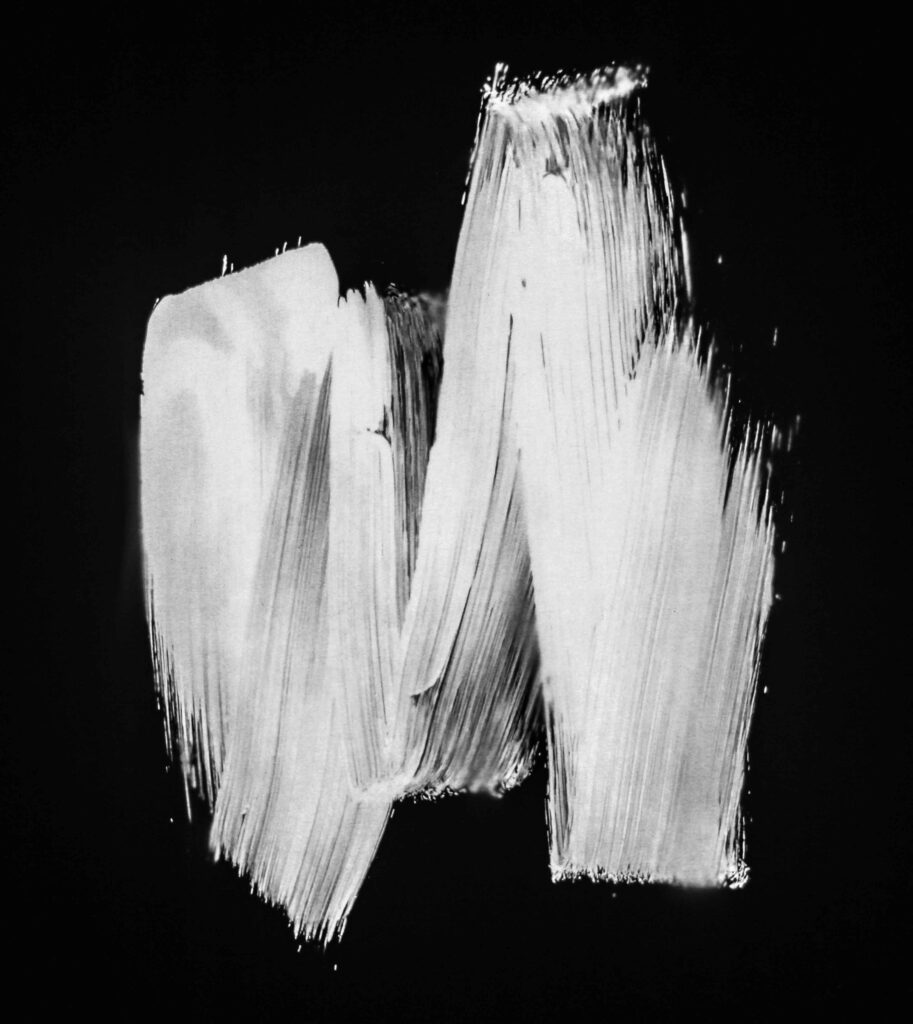
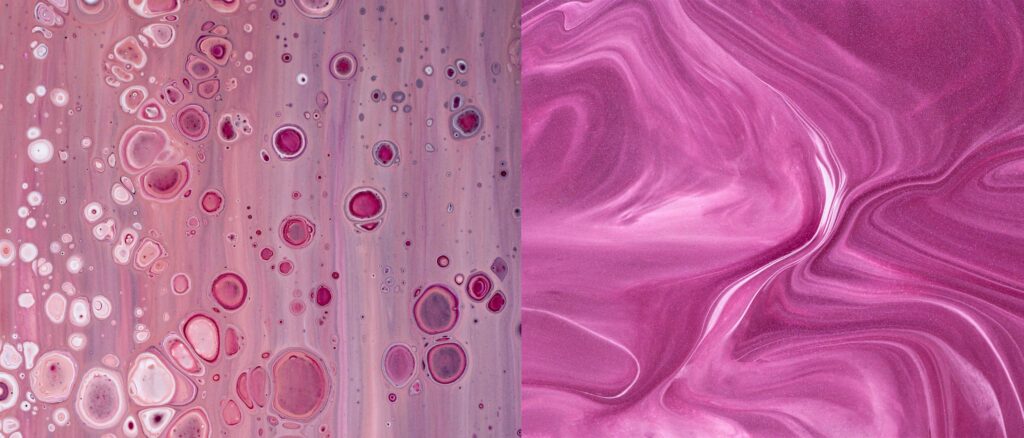
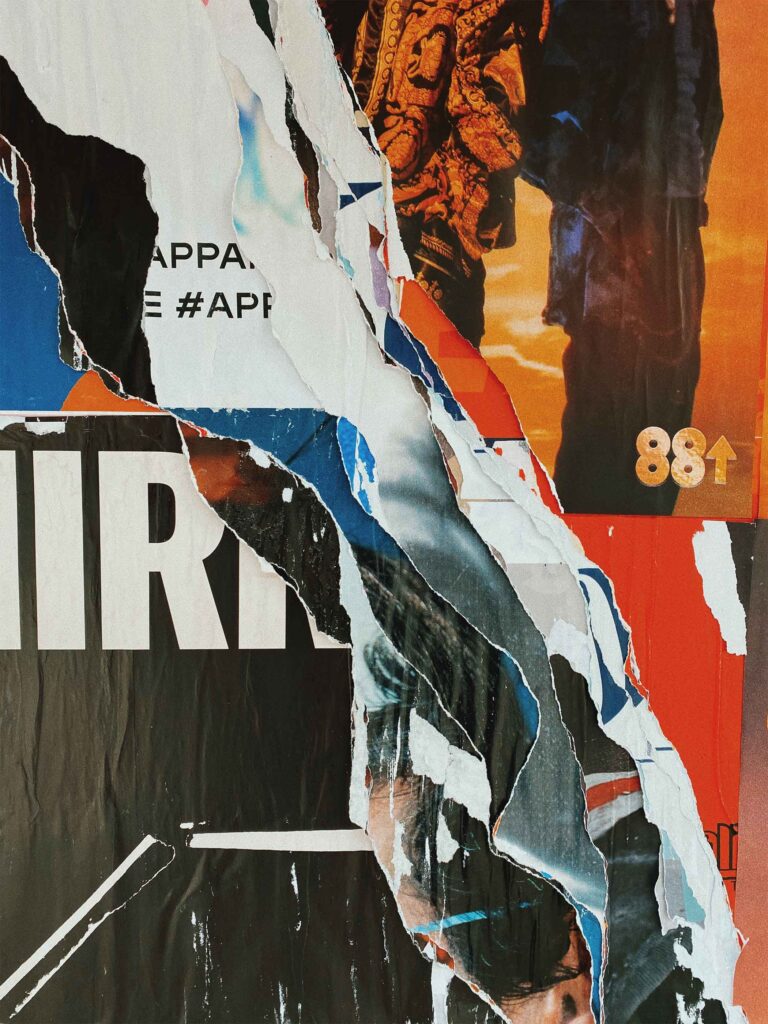
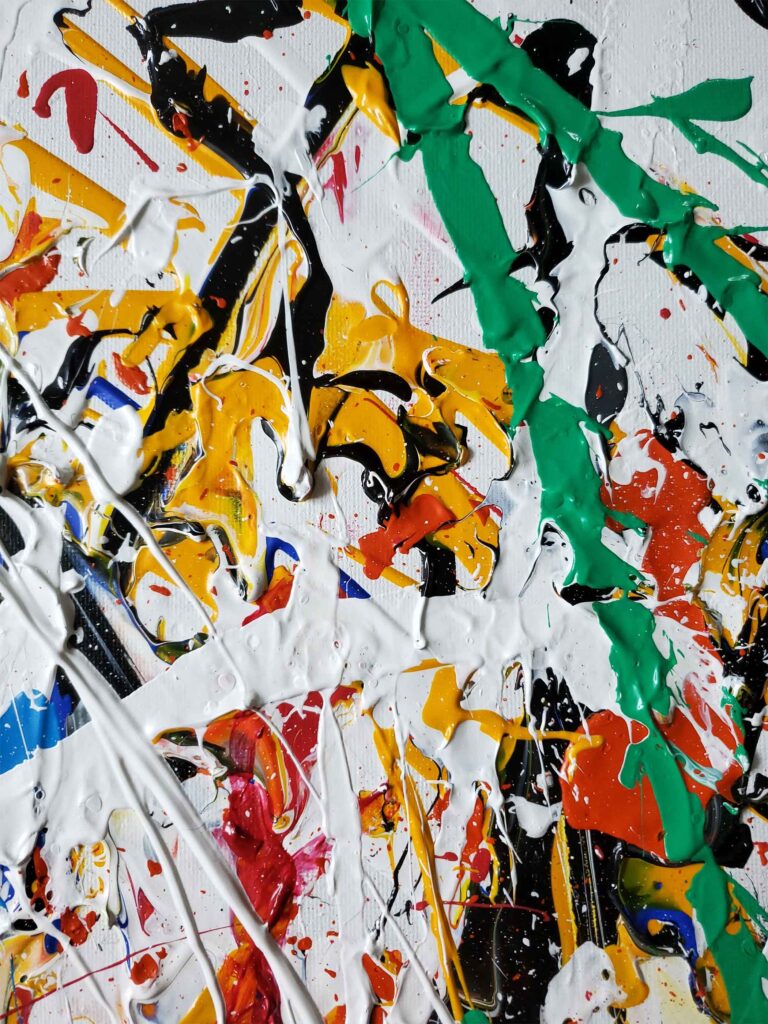
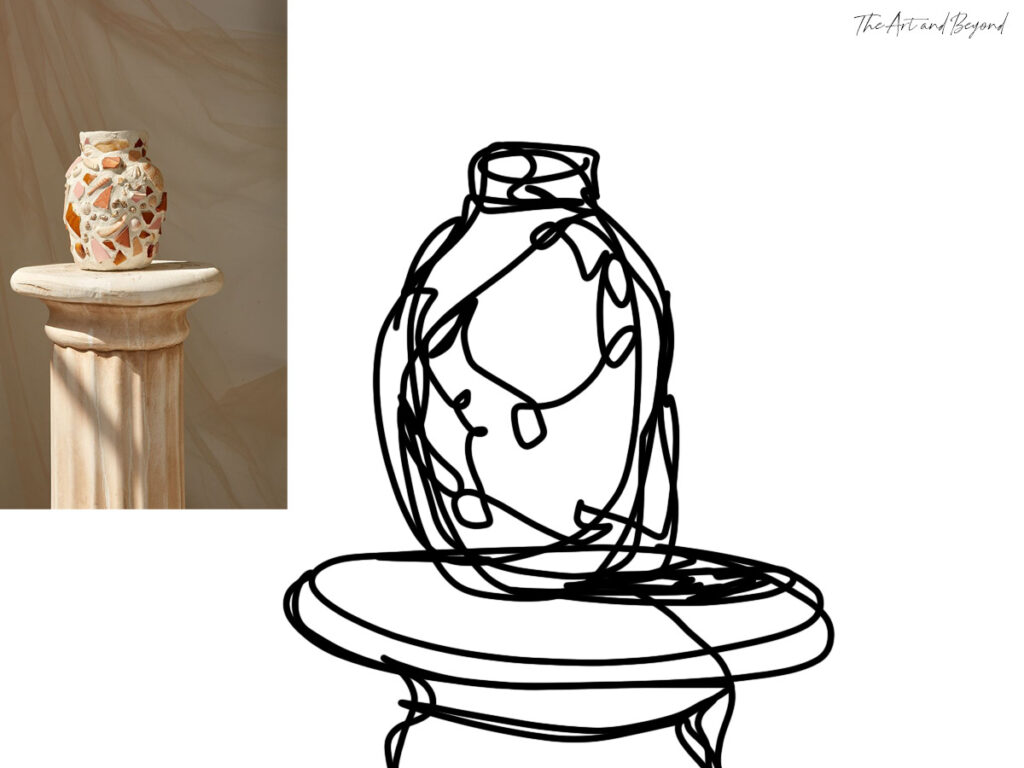
I love this. I’m going to try them all. I’m 73 and I have RA. My hands don’t work well and I love to color and draw
Hey Helen, glad you found the article helpful <3